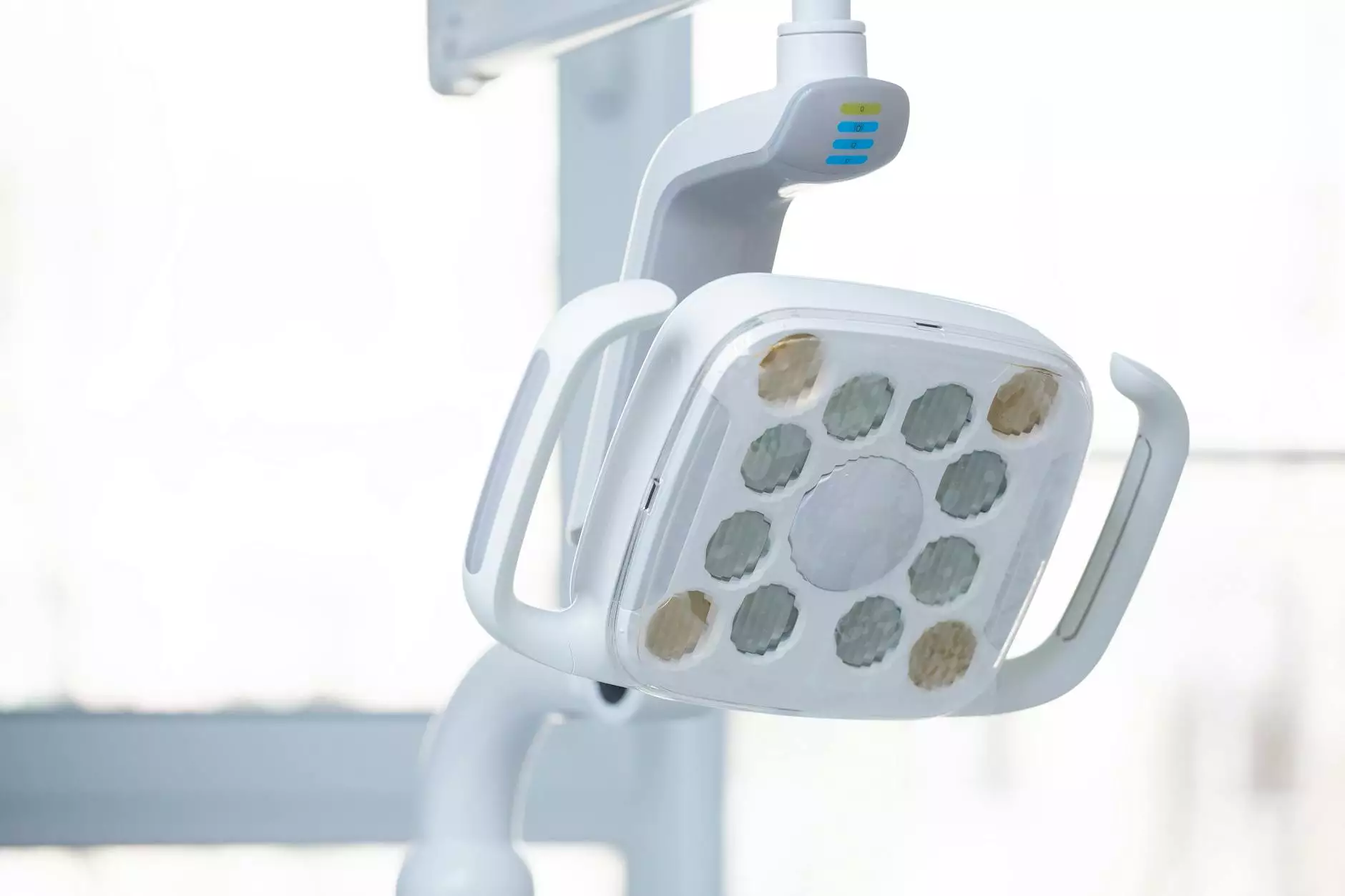Tendinosis vs Tendinitis: Understanding the Differences and Treatment Options

The human body is a complex machine with various systems working harmoniously together. Among these systems, the musculoskeletal system plays a crucial role in enabling movement and supporting bodily functions. However, as we engage in various physical activities, the likelihood of developing conditions that impair our movement increases. Two common ailments that often arise in this context are tendinosis and tendinitis. While they may sound similar, understanding the differences between tendinosis vs tendinitis is vital for effective treatment and recovery.
What is Tendinitis?
Tendinitis refers to the inflammation of a tendon, which is the fibrous connective tissue that attaches muscle to bone. This condition most frequently develops due to repetitive motion or acute injuries. When a tendon becomes inflamed, it can lead to pain, swelling, and restricted movement in the affected area.
Causes of Tendinitis
- Repetitive Motion: Common in sports and physical activities that engage specific tendons (e.g., tennis elbow).
- Acute Injury: A sudden injury can cause immediate inflammation of the tendon.
- Aging: Tendons lose elasticity and strength, making them more susceptible to inflammation.
- Poor Posture: Incorrect body alignment can place extra stress on tendons.
Symptoms of Tendinitis
The signs of tendinitis can vary depending on the severity and location of the inflammation. Common symptoms include:
- Pain: Tenderness and pain near a joint, often exacerbated during movement.
- Swelling: Visible swelling around the affected tendon.
- Stiffness: Limited range of motion and stiffness may occur after periods of inactivity.
- Heat: The area around the tendon may feel warm to the touch.
What is Tendinosis?
In contrast, tendinosis involves the degeneration of a tendon’s collagen in response to chronic overuse, with little or no inflammation. This condition typically arises when a tendon is subjected to repetitive stress without adequate time for recovery. As the tendon degenerates, it may become weak and less able to withstand force, leading to pain and dysfunction.
Causes of Tendinosis
- Chronic Overuse: Repeated motion over time without rest can lead to structural changes in the tendon.
- Age-Related Degeneration: As we age, tendons naturally lose elasticity, making them more vulnerable.
- Improper Mechanics: Poor technique in physical activities can increase stress on tendons.
- Underlying Conditions: Conditions like diabetes or arthritis may predispose individuals to tendinosis.
Symptoms of Tendinosis
The symptoms of tendinosis can be similar to those of tendinitis, but they often manifest differently:
- Chronic Pain: Pain that persists for an extended period, often described as a dull ache.
- Stiffness and Weakness: Affected tendons may feel stiff and exhibit reduced strength.
- Knots or Nodules: The presence of palpable nodules may be felt in the tendon.
- Limited Function: Difficulty with normal activities due to tendon dysfunction.
Key Differences Between Tendinosis and Tendinitis
Understanding the differences between tendinosis vs tendinitis is essential for proper diagnosis and treatment:
FeatureTendinitisTendinosisNature of InjuryInflammation of the tendonDegeneration of the tendonOnsetAcute, often suddenChronic, develops over timeTreatment FocusReduce inflammationPromote healing and regenerationRecovery TimeShorter, varies by severityLonger, may require rehabilitationDiagnosis and Assessment
Diagnosing tendinosis or tendinitis typically involves a combination of patient history, physical examination, and imaging studies. Healthcare professionals may perform the following assessments:
- Medical History: Understanding the patient’s symptoms, lifestyle, and activity level.
- Physical Examination: Assessing pain levels, range of motion, and visible signs of swelling.
- Imaging Studies: Ultrasound or MRI may be utilized to evaluate tendon structure and assess for degenerative changes.
Treatment Options for Tendinosis and Tendinitis
The treatment for both conditions may overlap but is tailored to the specific diagnosis:
For Tendinitis
Management for tendinitis often involves:
- Rest: Reducing or avoiding activities that worsen the condition.
- Ice Therapy: Applying ice packs to reduce inflammation and pain.
- Anti-Inflammatory Medications: Nonsteroidal anti-inflammatory drugs (NSAIDs) can help alleviate pain.
- Physical Therapy: A structured rehabilitation program to strengthen the tendon and regain function.
For Tendinosis
For tendinosis, the focus is more on restoring tendon integrity:
- Active Rehabilitation: Specific exercises aimed at regenerating tendon structure.
- Cross-Training: Engaging in alternative activities to alleviate stress on the affected tendon.
- Shockwave Therapy: A non-invasive treatment that promotes healing through acoustic waves.
- Injections: Platelet-rich plasma (PRP) injections are sometimes used to accelerate healing.
Preventing Tendinosis and Tendinitis
Prevention is always better than cure. Here are some strategies to help minimize the risk of developing these conditions:
- Warm-Up: Engage in proper warm-up exercises before physical activity to prepare the body.
- Strength Training: Build strength in adjacent muscles to share the load on tendons.
- Technique Improvement: Consult a professional to ensure proper form and mechanics during activities.
- Balanced Rest: Incorporate rest days into workout schedules, allowing proper recovery time for tendons.
Conclusion
Understanding the fundamental differences between tendinosis vs tendinitis can empower individuals to take an active role in their health and recovery. Whether you are an athlete, a weekend warrior, or someone looking to maintain a healthy lifestyle, being aware of these conditions and their respective treatment options is crucial for long-term well-being. If you experience persistent pain or discomfort, consult a healthcare provider or qualified professional at IAOM US to explore effective strategies for managing your condition.









